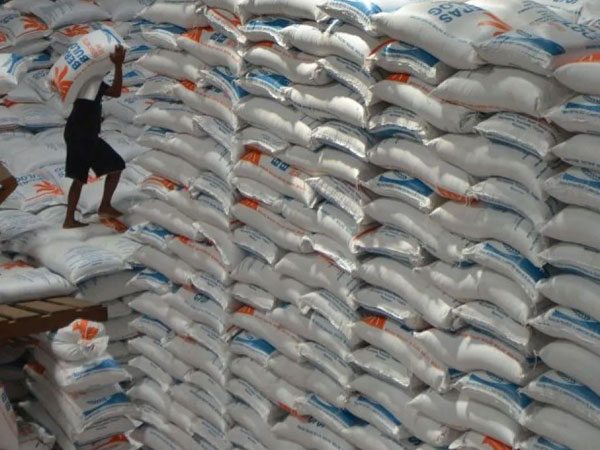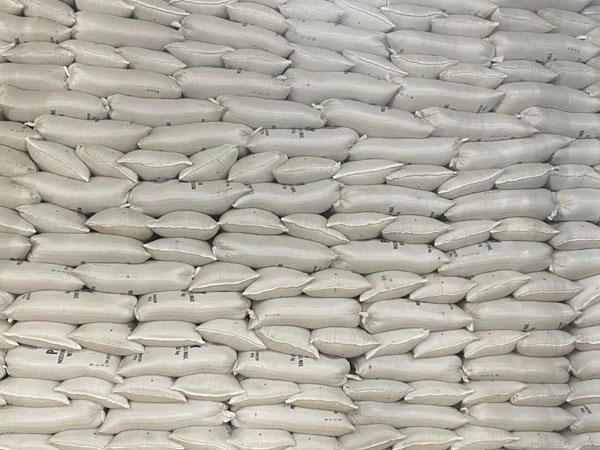The rice import ban from the world’s largest rice purchaser, the Philippines, is unlikely to continue until April, as the country will need to address its structural production deficit, Mohit Agarwal, Senior Vice President & Country Head of Olam Agri Vietnam, said in an interview with S&P Global Commodity Insights Oct. 28.
“The Philippines’ domestic production is around 12 million mt, but consumption is about 14.5 million mt, leaving a deficit of nearly 3 million mt that must be imported,” Agarwal said.
According to S&P Global Commodity Insights estimates, the Philippines’ milled rice production for the marketing year 2025-26 (July-June) is expected to decrease marginally by 0.5% year over year to 12.3 million mt.
Import suspension
On Aug. 6, the Philippines decided to suspend rice imports for 60 days from Sept. 1 to support domestic farmers impacted by falling prices during the harvest season.
In early October, Agriculture Secretary Francisco Tiu Laurel Jr. said the rice import ban would be extended to April 2026, with a limited exception in January, when around 300,000 mt of rice will be allowed to enter the country to augment supply.
“Even though global rice prices have softened, the Philippines remains a crucial buyer in the global trade. The government recognizes the potential shortages,” Agarwal noted.
Thailand, Vietnam remain close competitors
Agarwal emphasized the fierce competition between Vietnam and Thailand for the title of the world’s second-largest rice exporter, adding the latter could overtake the former for the title.
Preliminary data from Vietnam customs showed rice exports at 6.8 million mt during January-September, 2% lower year over year. “Vietnam has maintained the lead so far, but competition is intense, especially with the Philippines temporarily out of the market,” he said.
Thailand’s exports fell 25% to 4.2 million mt between January and July, according to the Thai Rice Exporters Association.
He added that falling global prices and subdued demand have pressured Vietnamese exporters, particularly in white rice.
“For white rice, buyers may not pay a $30 premium to purchase Vietnam white rice; they may choose to shift to Thai rice,” Agarwal said.
With the autumn/winter harvest underway, Agarwal expects further downward pressure on white rice prices, though demand for DT8 (Vietnamese Fragrant 5%), Vietnam’s popular low-grade variety, remains stable.
Tariff hikes, VAT policies squeeze trade margins
Currently, rice imports into the Philippines face a 15% duty, but Agarwal explained that if import duty rises to 35%, “the landing price will increase by about $60-$80/mt on rice.”
Platts, part of S&P Global Commodity Insights, assessed Vietnam Fragrant 5% rice at $429/mt FOB on Oct. 27, down $1/mt week over week. Vietnam 5% white rice was assessed at $360/mt FOB, up $1/mt week over week, while Thai 5% WR rose $2/mt to $333/mt FOB over the same period.
He said that while the measure aims to protect local farmers, it could also affect affordability. “The government policy in the Philippines is to collect revenue from import duties and reinvest it in domestic rice production to protect local farmers,” he added.
Vietnamese exporters are also grappling with a 5% VAT on rice exports.
Since July 1, the country has imposed a 5% value-added tax on exports of commodities, including rice, forcing sellers to pass the additional cost on to buyers and, ultimately, to consumers.
“Part of the capital gets locked in VAT, and it takes time to get refunds,” he said. The Vietnam Food Association is coordinating with the government to seek exemptions for rice, according to Agarwal.
Diversifying demand: Africa, China and regional markets
To offset reduced demand from the Philippines and Indonesia, Agarwal said Vietnam is diversifying exports. “Rice imports from Vietnam to Africa have already risen by 21%. Lower prices will further boost African and Chinese demand,” he said.
Vietnam also sees growing potential in Singapore, Malaysia, and Hong Kong, while continuing to push for an enhanced free trade agreement with Europe, he said.
Still, falling rice prices have squeezed farmer incomes, he added.
“Farmers are under stress. Switching to other crops takes several down cycles,” Agarwal said.
Vietnam continues to import Cambodian paddy to supplement domestic supplies, a financially logical move, Agarwal said.
“Rice is a very sensitive commodity for the Vietnamese government. If prices continue to remain low, paddy imports from Cambodia could be disrupted.”
Vietnam’s 2026 outlook: Strong fundamentals despite headwinds
Reflecting on Vietnam’s overall production and export outlook for 2026, Agarwal said the market fundamentals remain solid.
“In the first nine months, we have done a good business run,” he said. “About 90% of Vietnam’s rice exports come from the winter/spring and summer/autumn crops, which were harvested before the Philippine ban began.”
He expects positive developments as the winter/spring crop comes to market in early 2026.
Vietnam is expected to export 7.4 million mt of rice in MY 2025-26, down 8.64% year over year, according to S&P Global Commodity Insights analytics data.














© Copyright 2025 The SSResource Media.
All rights reserved.